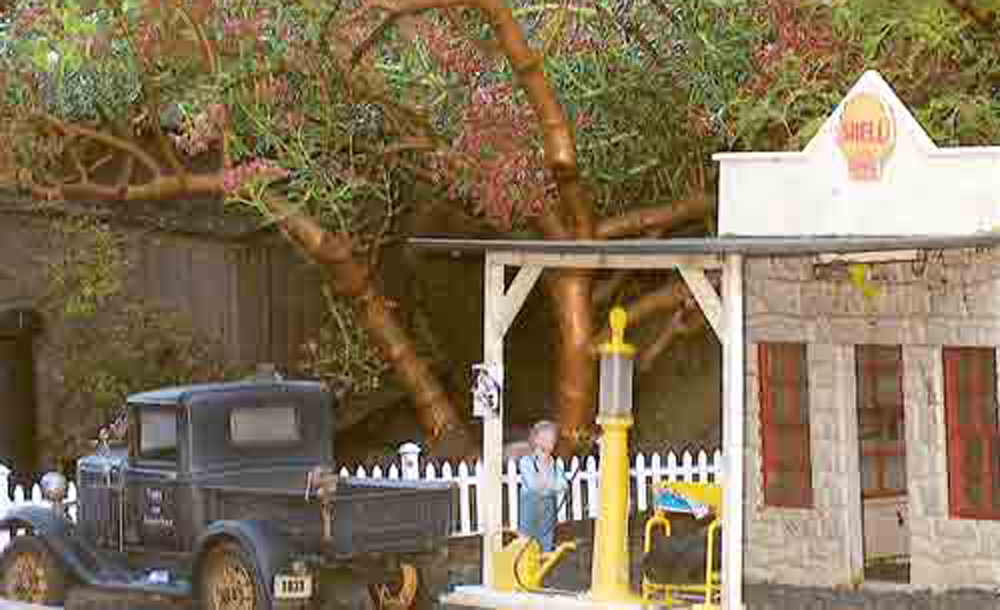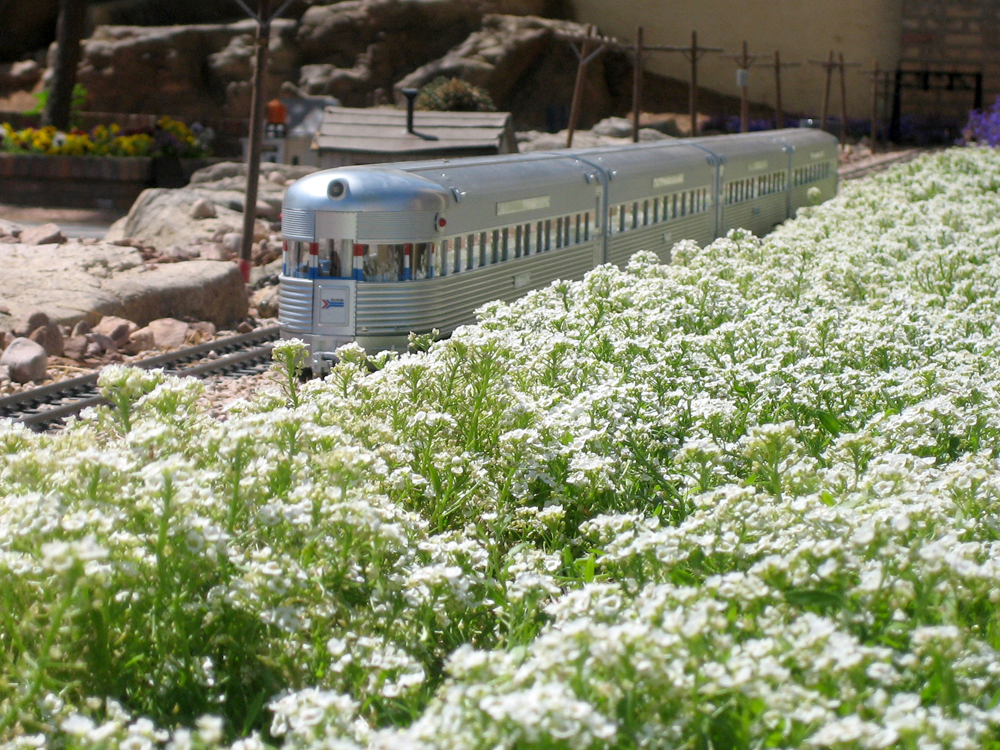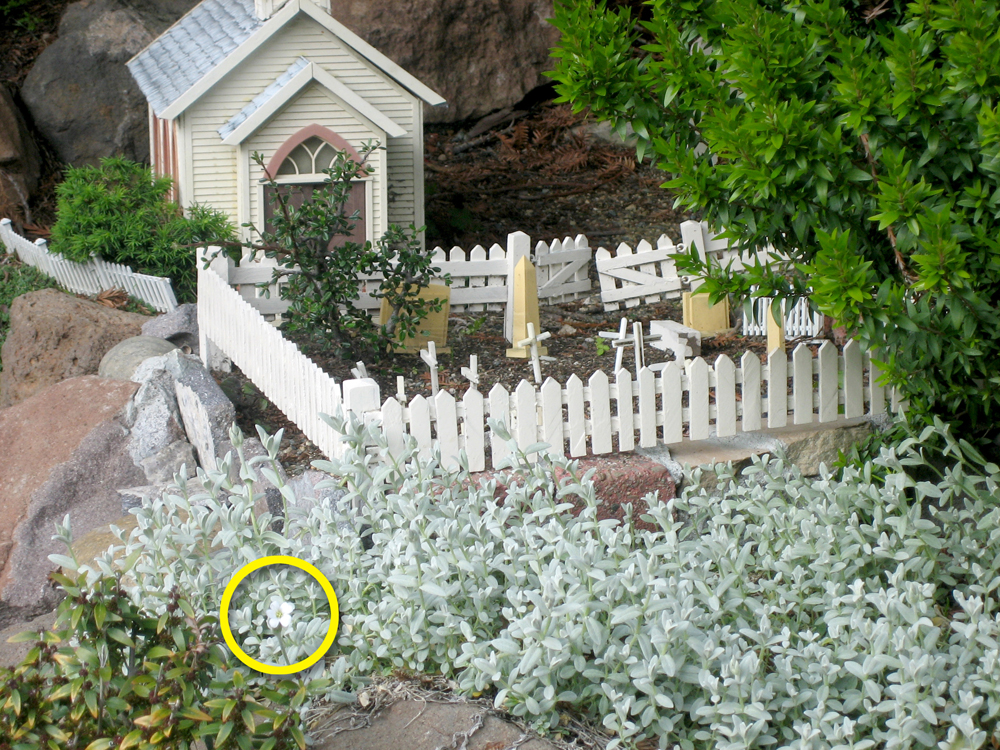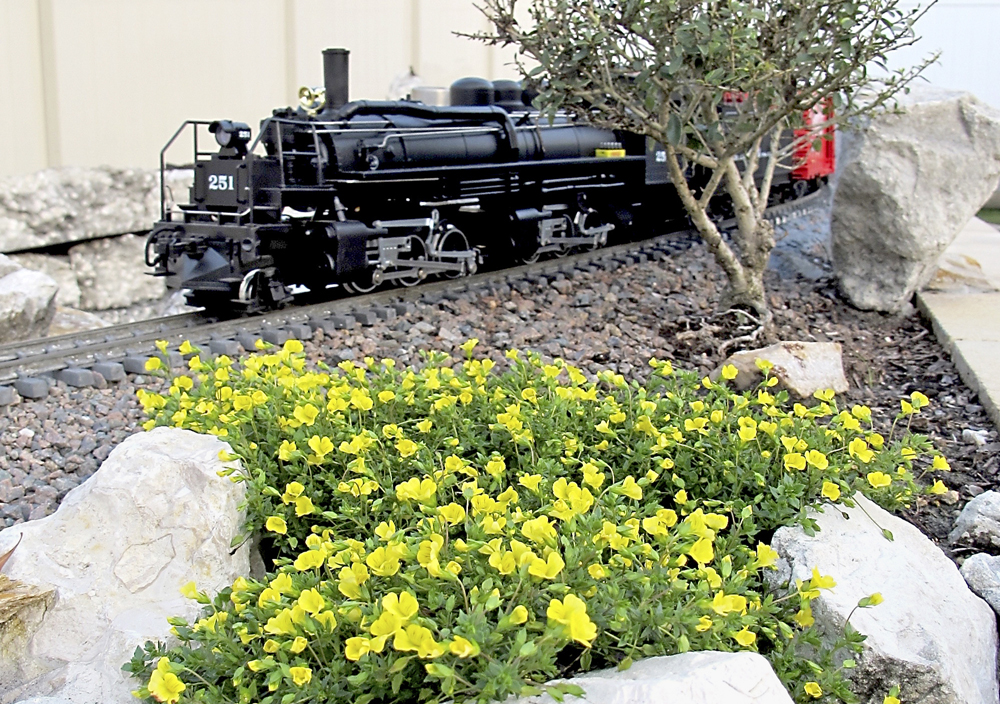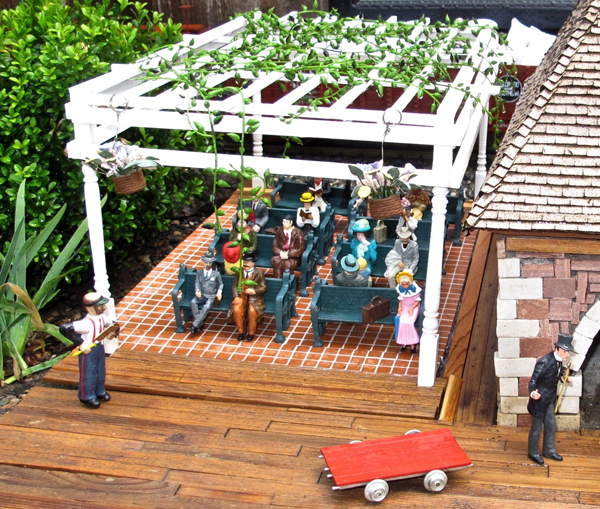
Common name: String of beans
Latin name: Senecio radicans
Plant type: Perennial
USDA Hardiness Zones: 8-10
Cultural needs: Sandy, well-drained soil, in sun or part shade
Plant size: 1″ high trailing to 2′ or longer
String of beans’ succulent bead-like leaves grow from stringy stems and present a unique opportunity for railroad gardeners. The designers, Joel Waszak and Martha Miller of Colorado, greened up the pergola above the waiting platform to enhance a lovely depot they built for their Switzerland Trail Railroad (above). Although we can’t see where the “vines” are planted, we can assume they are next to the arbor structure. However, the limp stems must be lifted onto the structure, as they don’t twine like ivy or other vines. Joel and Martha live in Zone 5, so they will need to transplant their string of beans into a pot and bring the plant indoors for the winter.
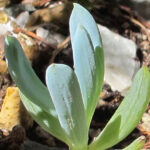
Other senecios, like string of pearls (S. rowleyanus) and string of bananas (S. radicans glauca), also bear fat leaves on stringy stems. The large genus of senecio is grouped in the daisy family due to their yellow, pink, or white-petal flowers, but the leaves look more like desert plants. Native to South Africa, senecios don’t dry out as readily as thin-leaved plants because they store water in their leaves. For a groundcover of 1/4″ thick, deserty-blue leaves, try dwarf blue chalk sticks (S. serpens ‘Mini Blue’), shown at right.






